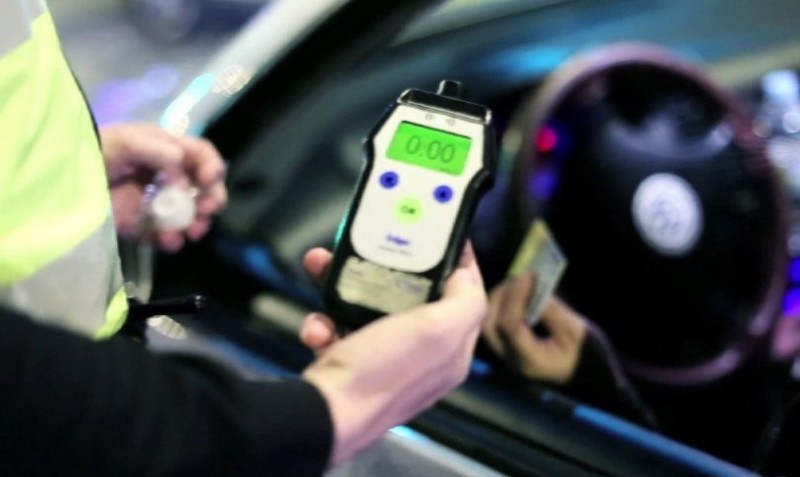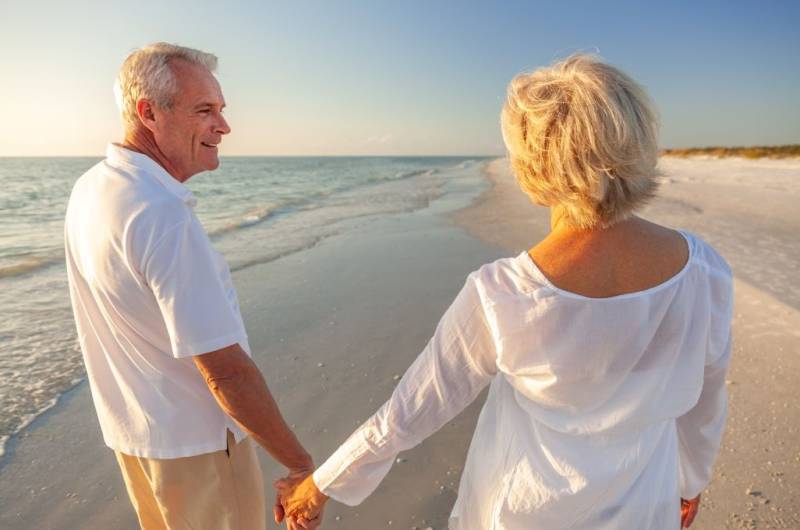

Guidelines for submitting articles to Mar Menor Golf Resort Today
Hello, and thank you for choosing Mar Menor Golf ResortToday.com to publicise your organisation’s info or event.
Mar Menor Golf Resort Today is a website set up by Murcia Today specifically for residents of the urbanisation in Southwest Murcia, providing news and information on what’s happening in the local area, which is the largest English-speaking expat area in the Region of Murcia.
When submitting text to be included on Mar Menor Golf Resort Today, please abide by the following guidelines so we can upload your article as swiftly as possible:
Send an email to editor@spaintodayonline.com or contact@murciatoday.com
Attach the information in a Word Document or Google Doc
Include all relevant points, including:
Who is the organisation running the event?
Where is it happening?
When?
How much does it cost?
Is it necessary to book beforehand, or can people just show up on the day?
…but try not to exceed 300 words
Also attach a photo to illustrate your article, no more than 100kb

Alcohol and driving in Spain – legal limits and recommendations
There seems to have been some confusion lately over the legal limit in Spain for the alcohol level of drivers, but the laws have not changed for some time and the figures above which fines can be issued remain the same.
That is to say, for most drivers the maximum permitted is 0.5 grams of alcohol per litre of blood which equates to 0.25 milligrams of alcohol per litre of air exhaled.
In the case of professional drivers and those who have had a licence for under two years, the limit is rather lower at be 0.3 grams of alcohol per litre of blood, or 0.15 milligrams of alcohol per litre of air exhaled.
Exactly what this means in terms of how much a driver can drink, though, is rather less clear. The DGT traffic authorities have published guidelines which offer the following orientative advice, although of course no two human beings are exactly the same and no two beers or other alcoholic drinks are identical, so some leeway should be allowed.
It has also been found that awareness of these limits is generally poor, and that on average drivers believe they are able to drink between two and three times the amount which is actually permitted!
For men (typically weighing between 70 and 90 kilos) the following recommendations are offered (for “normal” drivers rather than professionals):
Beer (5º): one “tercio” (33 cl or about 0.6 pints) should be safe, the second will take a driver close to or over the limit.
Wine (12º): 2 normal-sized glasses (100ml) is the maximum recommended.
Small liqueurs or “vermút”: 2 glasses (70 ml) will take a driver close to the limit.
Spirits (23º): two small glasses (45 ml) is enough!
Brandy (45º): a second glass (45 ml) will almost certainly put you over the limit
“Copa” (gin and tonic etc) (38º): if you are capable of drinking one and a half glasses (50 ml) and leaving the second one unfinished, you ought to be OK, but it’s a tall order!
For women (typically weighing between 50 and 70 kilos) the advice is the following:
Beer (5º): one “tercio” (33 cl) should be safe, the second will normally result in a fine.
Wine (12º): 1 and a half normal-sized glasses (100ml) is the maximum recommended.
Small liqueurs or “vermút”: 1 and a half glasses (70 ml) will take a driver close to the limit.
Spirits (23º): just the one and you ought to be OK.
Brandy (45º): you may be lucky if you only have one!
“Copa” (gin and tonic etc) (38º): don’t even think about it if you’re taking the wheel, as one will be enough to incur a fine in most cases.
In addition, the DGT offer information concerning how long it takes for the body to eliminate alcohol from the system, underlining the fact that if you’re driving in the evening it is very unwise to enjoy a tipple at lunchtime. It takes an average man as long as 1 hour 45 minutes to be free of the effects of just one beer and over an hour even for one small liqueur, with recovery times ranging up to 3 hours for a gin and tonic in women!
Finally, it is important to recognize that these figures cannot be applied universally to each individual driver. Susceptibility to alcohol depends on a variety of factors apart from gender, including age, weight, food intake and whether a person is used to drinking alcohol or not.
In conclusion, the safest option if taking the wheel is so obvious that it ought not to be necessary to mention it, although on the other hand it is so frequently disregarded that it is worth it: don’t drink and drive!
Take a taxi or bus, share a car with friends so only person has to drive and miss out on a drink or choose a bar or restaurant within walking distance, but above all, be safe!
There are plenty of beers available in Spain "sin alcohol", containing no alcohol; give them a try!





















